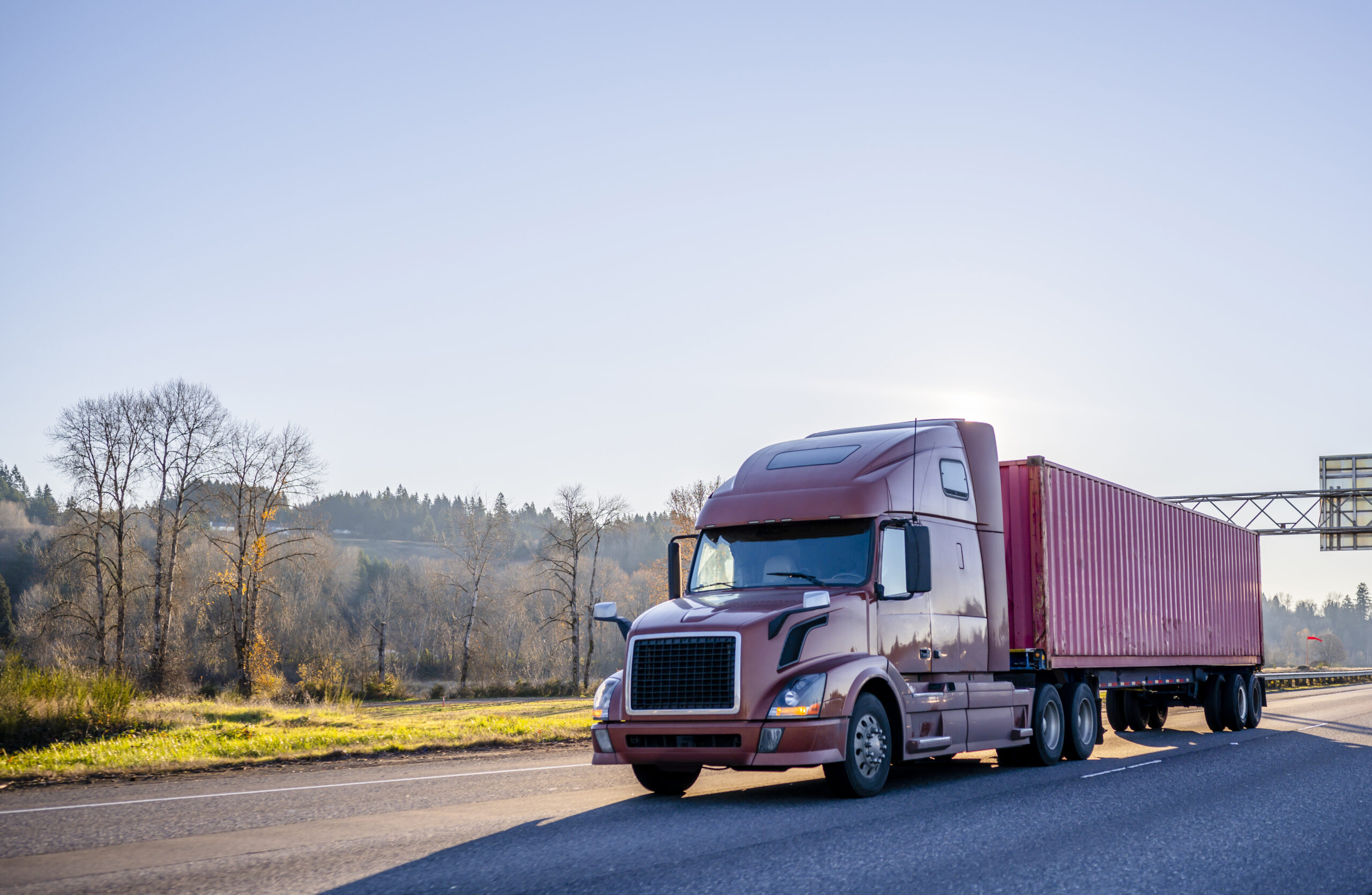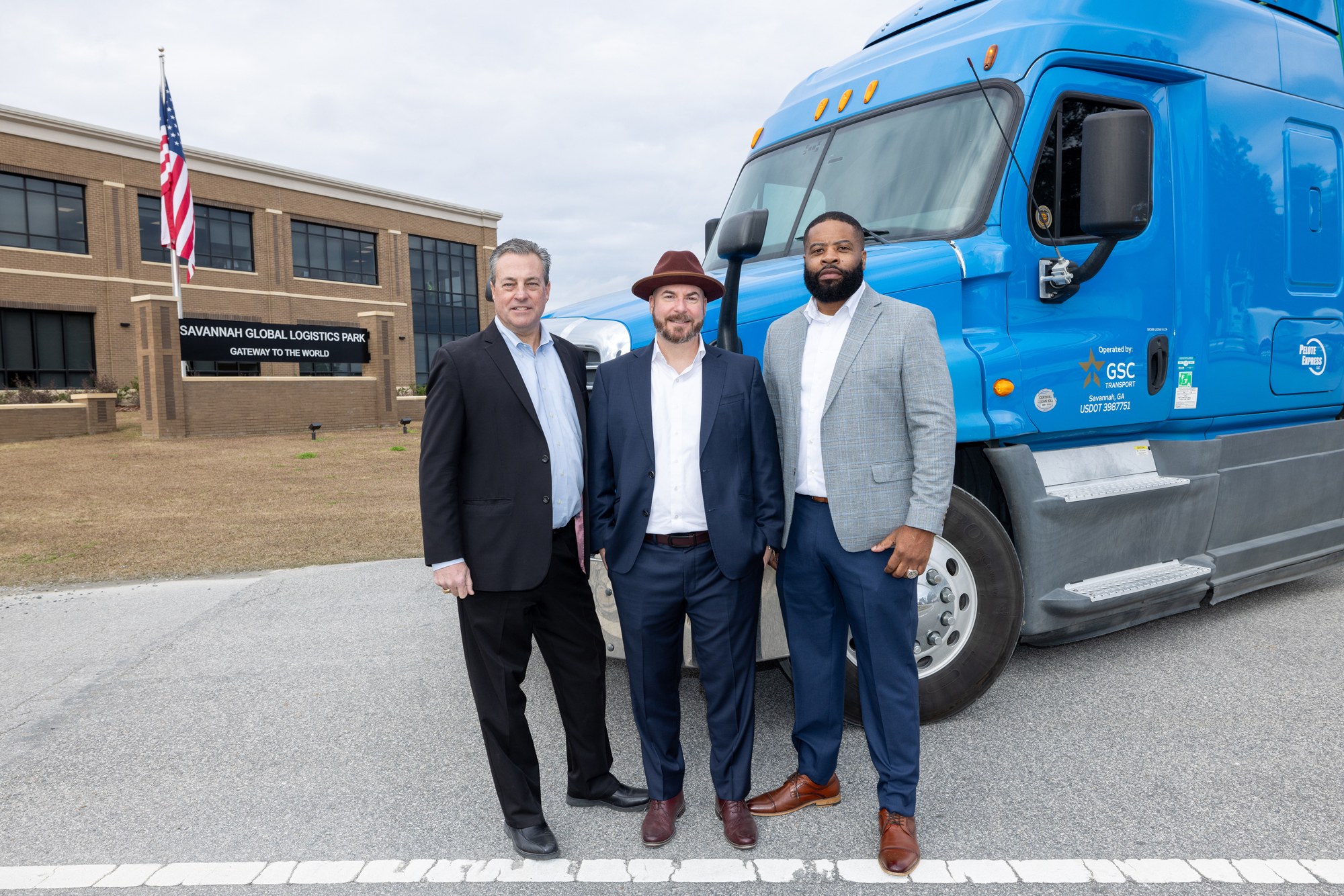This week, the California Trucking Association (CTA) filed a 32-page lawsuit against the California Air and Resources Board (CARB). The lawsuit was an anticipated step from the CTA to help the trucking industry in California come to a practical working solution with CARB that does not result in significant disruptions to the supply chain.

The lawsuit is in response to the Advanced Clean Fleets (ACF) regulation developed by CARB, which is scheduled to go into effect January 1, 2024. The ACF regulation is part of the California Air Resources Board’s (CARB or Board) overall approach to accelerate a large-scale transition to zero-emission medium- and heavy-duty vehicles.
While we can all agree that zero emission vehicles are the future of transportation, unfortunately, the legislation doesn’t meet the current or planned infrastructure needs for this push, doesn’t take into account the increased weight of the electric vehicles and charging limitations, and doesn’t effectively account for the resources involved in rolling out this initiative.
There are 12 ports in the state of California alone, with the largest U.S. port also residing in California, the LA / Long Beach port. This legislation will have an impact on the global supply chain. Whether you are purchasing your next household items from Amazon, or grabbing them from your local Target, your goods may be imported. According to the U.S. Census, the United States imported $251.9 billion in August 2023 alone. The number of drayage trucks and drivers documented in California hovers around 33,500. Overall, this infrastructure and fleet overhaul is going to cost more money, and that will ultimately be reflected in the price of goods eventually.
“GSC was one of the first local logistics companies to add electric trucks to our fleet. We’re dedicated to helping pursue and meet the goals set by legislation and regulatory boards,” said Justin Taylor, Chief Commercial Officer, GSC. “At the same time, we want to ensure the plan works for everyone involved, and we aren’t going to hamstring an industry connected so closely to the U.S. economy. We’re looking forward to keeping the supply chain moving, while also doing our part to help advance our industry.”
Key Industry Challenges
Infrastructure
The infrastructure is a key component to consider. Between the power grid itself and the availability of charging stations, there are many complexities regarding the infrastructure component. Even the availability of land to place the charging stations poses an issue. Currently, there aren’t large incentives for current lot owners to upgrade their yards to equip them with electric charging stations. Many motor carriers rent parking spaces for their fleets and therefore cannot install chargers where they park their vehicles.
Weight of vehicles
The electric semitrucks weigh on average 8,000 – 12,000 pounds more than a diesel semi-truck. California is allowing zero emission trucks to haul an additional 2,000 pounds over the 80,000-pound total gross weight limit to help cover some of the difference, but this will still have an impact on the total capacity of a load which may lead to additional trips for the same volume of cargo. The published range of the current generation of electric semitrucks is 200-300 miles, which is based on a bobtail figure and needs additional considerations such as, AC, radios, topography and of course the range when hauling a full load.
Resources and funding
While the cost of the vehicles is currently subsidized through federal programs, the funding has no clear date of how long it will run for. The funding is also limited and on a first-come, first-served basis. Many drayage motor carriers in the state of California are small businesses. The cost of these new vehicles, which currently retail for $400,000+, will primarily be absorbed by these small businesses. Beyond that, drivers are only allowed to work 14 hours a day, including breaks. While some charging stations will have fast chargers, most will have level 2 chargers, meaning charging time for drivers could take hours.
GSC was at the forefront of testing battery electric tractors by testing prototype electric trucks and sharing feedback on performance which was taken into account for the development of first-generation battery electric vehicles. We are hopeful the lawsuit brought forth by the CTA will help reach a mutually feasible outcome that allows the industry to change under a more realistic timeline.
Want to learn more about Port Drayage? Check out our Drayage 101 blog here.
Interested in learning about import strategies? Our recent post on the Panama Canal backlog has insights and tips for import diversification strategies.



